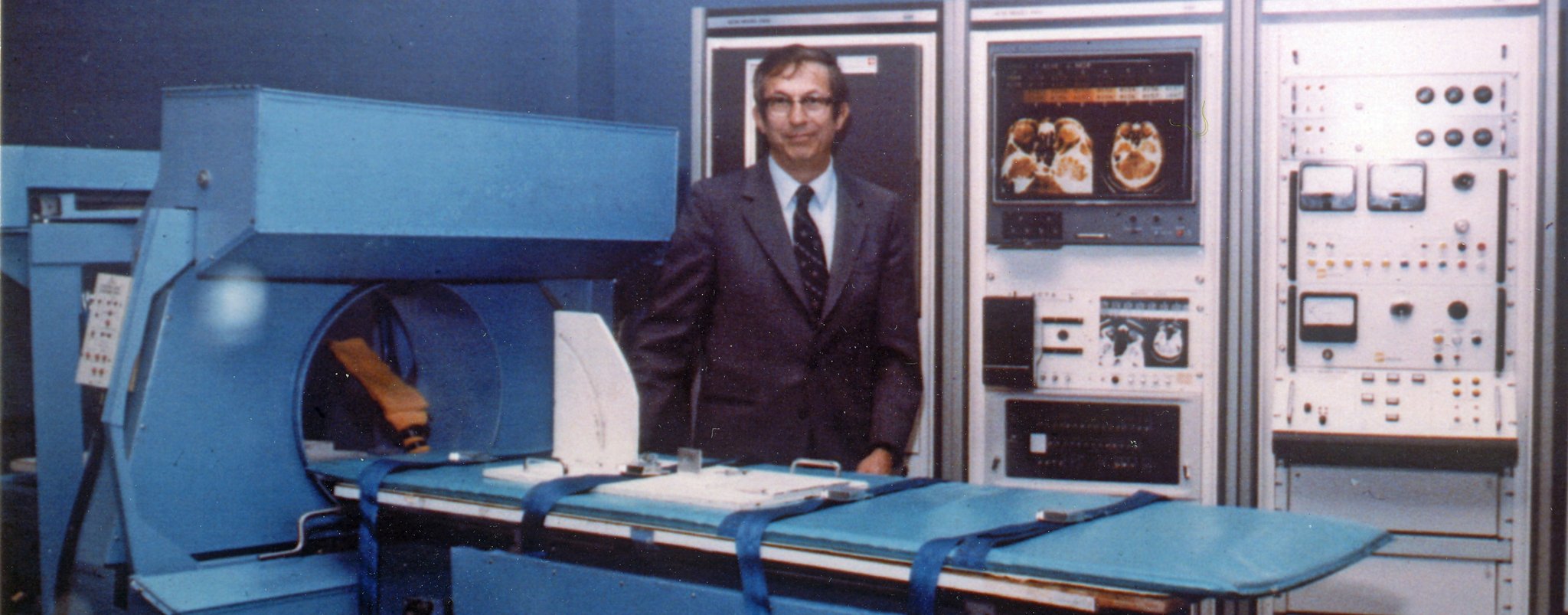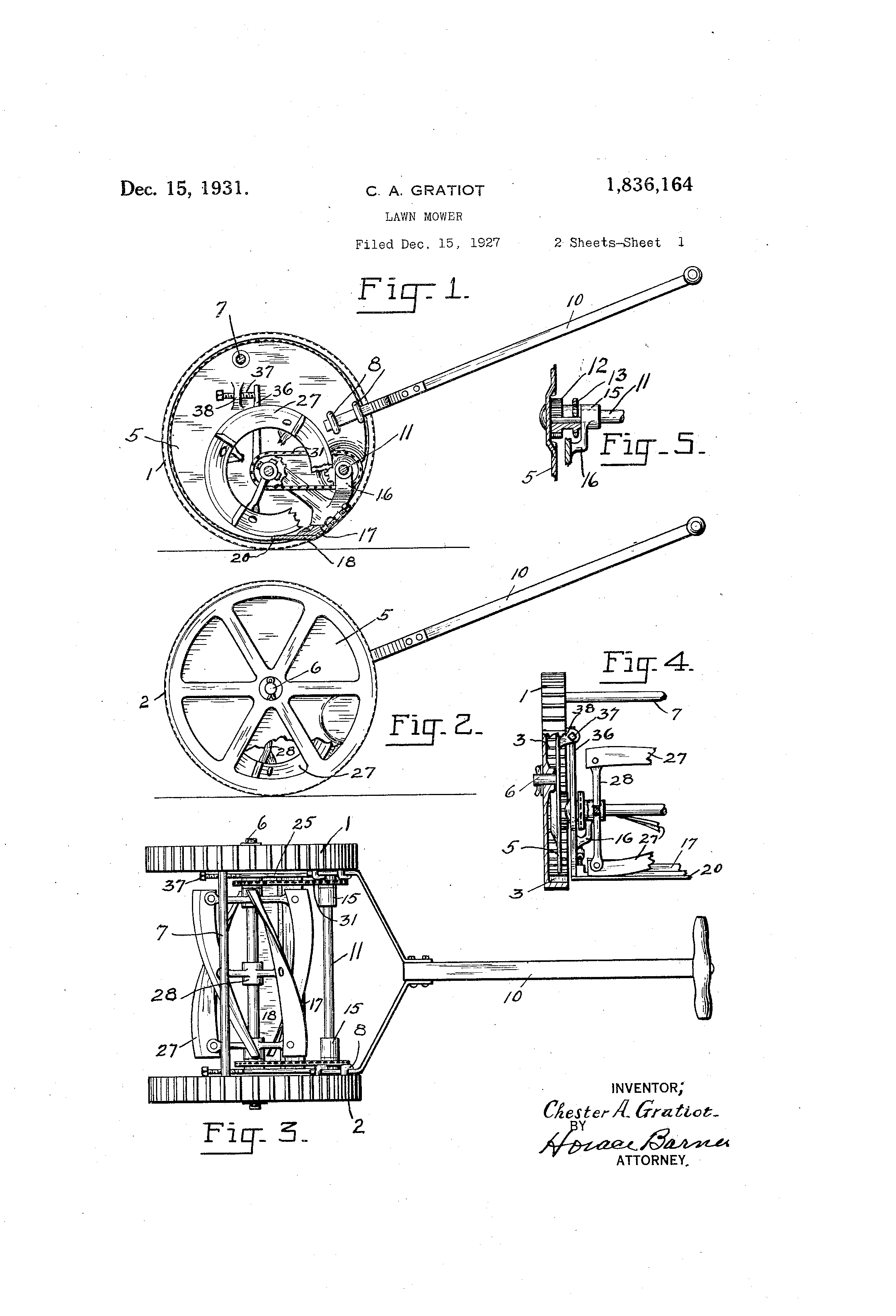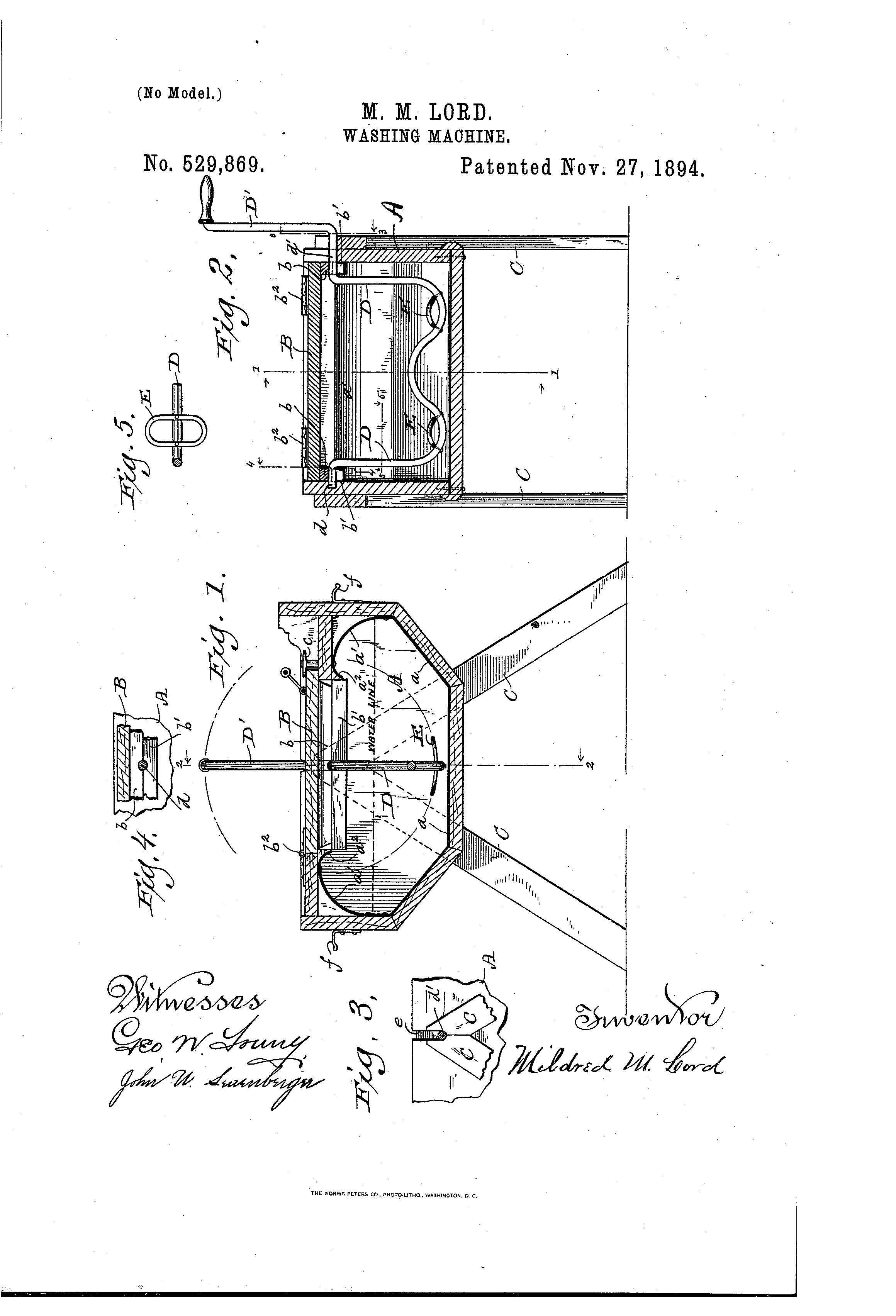Patent of the Week – Diagnostic Xray System

We use technology that “takes a look” at people’s insides and gives any early warnings of cancer, cardiac disease, and other abnormalities. This whole-body screening is used in nationwide, involving the scanning of the body from the chin to below the hips in the form of X-ray imaging that produces cross-sectional images. In today’s patent, we will talk about the very first invention of CAT Scan (Known as CT Scan today) by Robert S. Ledley on 25th November 1975 which was patented by the USPTO, bearing the Patent Number US3922552.
Robert S. Ledley was a dentist turned biomedical researcher and computing trailblazer who invented the first CT scanner capable of producing cross-sectional images of any part of the human body. In late 1950s when most doctors still worked with pen and paper, he became a prominent advocate for using data processors to help diagnose disease.
Before this present invention, the radiologists had limited tools and CT scanning not only gave a far higher resolution than traditional X-rays but also three-dimensional, cross-sectional images to work with which significantly reduced the need for exploratory surgery and its attendant risks. It also changed the way physicians follow cancers and their response to therapy.
The machine was first used on a patient at the Georgetown University hospital, where a toddler was taken for the CT Scan after falling off his bicycle and hitting his head. With this scanner, the doctors scanned his brain and detected a blood clot that, unnoticed, might have killed the child.



